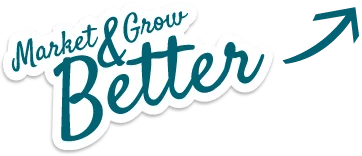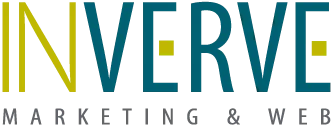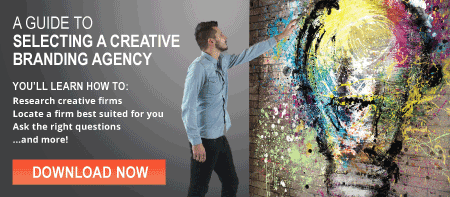
Is your new company ready to build a brand identity? Do you want to give your existing brand a new image? Most people think think this means you just need a new logo.
And, while a logo is one of the key elements that you will invest in when building your company’s overall identity system, it is not your entire brand.
But where did the idea of a logo as a brand come from?
Think about Western cattle ranches. Different animals from different ranches are all roaming free in the same spaces. How do the ranchers tell them apart? They take an iron with an end piece configured in a symbolic representation of the ranch’s name or initials, heat the iron in a hot fire, then press that red-hot end piece against the animal, burning the symbol into the hide. The cattle have now been branded.
In marketing terms, the symbol on those cattle is not actually the ranch’s brand, but a mark that represents the overall brand, just as your company logo will be a mark that represents your brand. While your logo will be used on all company-branded materials, there will also be other elements that become part of your corporate identity system: a color palette, specific typestyles and configurations, secondary graphic elements, a specific photographic or illustrative style, certain finishes of papers and other signature materials, a company slogan (or tag line), and a corporate voice (writing style).
But the logo is a start. So let’s begin there.
A good logo is a unique, custom-designed image that is intended to represent your company. The logo should easily communicate who you are, what you do (or sell), what you stand for, and should do it in a style that appeals to the audience that you are trying to reach.
There are five basic logo types:
- Typographic logo (or word mark): relies solely on type, such as the name of your company, i.e. Facebook or Disney.
- Symbol or Icon: a graphic image used to represent the company. Think of Shell or the Macintosh Apple.
- Letter mark: uses initials or individual letters in a creative way to create an insignia or monogram for the company, such as HP or GM.
- Combination mark: uses a typographic logo along with a letter mark or symbol, like Adidas or Sprint. Many companies choose a combination mark, since this provides the flexibility of using the symbol and the word marks separately as well as together.
- Emblem: uses a word or letter mark along with a symbol, but all of the elements are combined to create one more complex mark. Examples include Starbucks and the NFL.
Getting Started
The logo type that works best for your company is determined by a combination of recommendations from your design team and any specific requests you may have.
Logo design and development is a collaborative process between you and the designer or company that you have selected to help you with your brand identity development. As the client—and best representative of your company—your role will be to provide as much information about your company as you can. The designer’s role will be to take that information and translate it into a single, simple mark that is the essence of your brand. The more details you can provide, the better.
Don’t worry if you don’t know exactly what information to bring to the table. Many branding agencies have a form that they either send to clients in advance or that they fill out together at the first meeting. This can include anything from questions about your company mission, goals, and vision, to what colors you like, the different ways you anticipate using the logo, and who your competitors are. This type of questionnaire not only helps you to provide complete information about your company and brand development needs, it also gives the design team the information they need to research your competitors and your customers in order recommend the best type of logo for your company.
What’s Next?
Once the initial recommendations have been discussed and approved, your design team will create a production timeline that covers all phases of the logo design, from initial concepts to final artwork. They will also create parallel timelines for any other branding items that have been contracted.
A logo is not a brand, but a good logo will be a unique image that will help your clients and buyers understand your overall brand. When you think of Nike, you see that clean “swoosh” logo they’ve used to represent them. Your logo should do the same. It should represent your company’s brand, be a key element to your style, communicate who you are as a company, and help you be as memorable as possible.
Topics: creative






